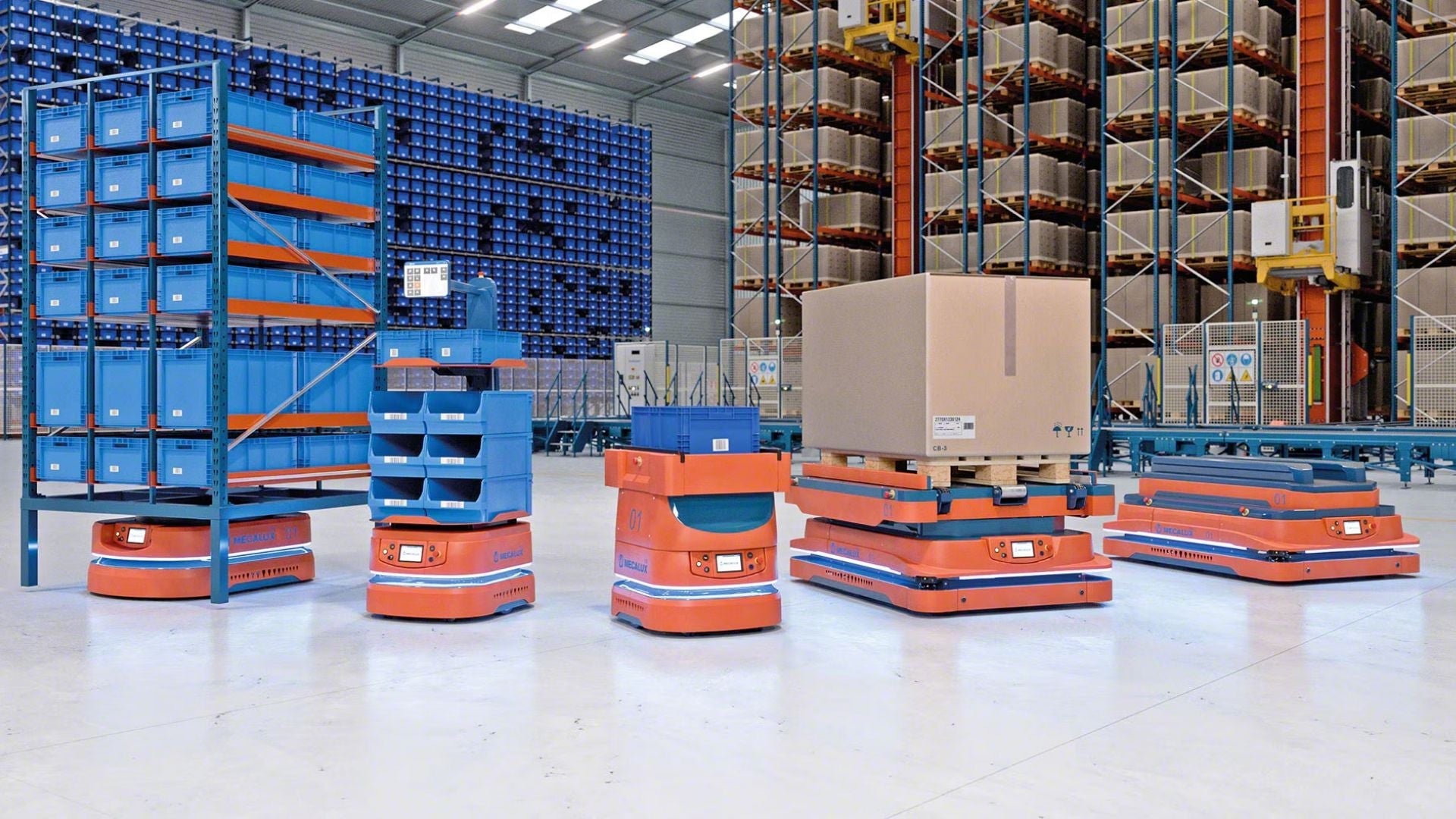Why the “Apple of Bicycles” Never Happened
For over a decade, Europe has tried to build its “Apple of Bicycles.”
Names like VanMoof, Cowboy, Angell, and Cake promised a design revolution, minimalist frames, sleek interfaces, a “smart” connected experience. Hundreds of millions were raised, thousands of headlines were written, and yet… most of these ventures collapsed.
The reason is not mysterious.
They built brands, not systems.
Behind the surface of every e-bike lies its true heart: the powertrain — the motor, the electronics, the software, and the battery. This is the system that defines performance, safety, and user experience. But none of these so-called “tech brands” ever owned it. They borrowed it — from Bosch, Shimano, or Yamaha — the same way PC brands once borrowed Intel’s chips.
That’s why, in the end, Bosch became the real winner: 75% market share in Europe, several billion euros in recurring revenue, and customers who literally walk into stores asking for “a Bosch bike”. The dream of an “Apple of bicycles” never materialized, because the real Apple equivalent could not exist. What already existed was hidden inside, the «Intel of bicycles ».
A Market Built on Fragile Foundations
The e-bike market today looks oddly like the computer industry in the early 2000s: hundreds of brands competing on design, color, or interface, while a handful of component makers quietly capture all the value.
Everywhere you look, the same problems repeat.
No shared standard for charging, closed architectures, and a level of complexity that feels anachronistic in an age of seamless tech.
To charge your e-bike, you still need a proprietary cable.
If you forget it, you walk.
Charging takes hours.
And the most common batteries — lithium-ion NMC — carry a non-negligible risk of thermal runaway.
Eighteen deaths and 268 fires in New York alone in 2023 (source) tell the story better than any statistic. In Montreal, the number of reported battery fires doubled within a year (source). This is not a side issue. It’s the industry’s dark underside — and it’s where the next paradigm shift will emerge.
The Paradigm Shift: Recharging Is No Longer a Problem
At Anod, we started with a question few people were asking:
What if recharging simply stopped being a problem?
Instead of obsessing over range — an obsession inherited from the automotive age of fuel tanks — we chose to master the speed and universality of recharge. Because in most urban contexts, you don’t need 300 kilometers of autonomy. You need the certainty that you can always recharge, anywhere, anytime.
That certainty changes everything.
Our hybrid capacitor-lithium technology makes it possible to recharge in fifteen minutes, with full USB-C compatibility, and without any risk of thermal runaway. It combines the safety of a physical electrode with the endurance of a chemical one — the best of both worlds.
In practice, it means this: even if you lose your charger, even if you’re stuck at the office or traveling, you can still plug into any USB-C port and get home. You’re never stranded.
And psychologically, that’s transformative.
When you remove recharge anxiety, you remove the biggest emotional barrier to electric mobility.
Safety by Design
Safety is not a feature. It’s a design principle.
In most systems, the danger lies in the chemistry itself — two reactive electrodes that can trigger a chain reaction when stressed, overheated, or damaged.
Anod’s hybrid architecture changes the rules. With only one chemical electrode, there is no chain reaction to trigger. No fire. No explosion. Even in case of shock, fall, or overcharge, the system remains stable.
This structural safety also enables something that no other manufacturer can do: remote neutralization.
If an Anod battery is stolen, it can be electronically disabled without any risk of ignition. It becomes worthless on the black market, which radically changes the economics of theft.
Where others close their systems out of fear, we can open ours with confidence — because the safety is intrinsic.
The Invisible Power of the Motor
The motor is the most underrated component of the entire value chain. It’s not what customers talk about first, but it’s what they remember after use.
We designed a proprietary motor architecture controlled by FPGA — a technology more common in aerospace than in bicycles.
It performs a hundred calculations per second to adjust torque and efficiency in real time, giving a ride that feels alive, fluid, and silent.
We designed also a new stator technology, the electrical machine that power the motor. Inspired by technologies existing in winding turbine, this new technology allows us to perform regenerative braking.
By designing the heart and the brain of the motor, we increase efficiency by more than 40%, meaning the same battery delivers longer rides with less energy waste.
It’s not just a better motor. It’s a new energy management paradigm — one that could power not only bicycles, but also drones, robots, and agricultural machines.
When the Auto Industry Enters the Game
The signal could not be clearer: major automotive players are now entering the e-bike market.
- Mahle is investing €10–12 million per year in R&D to develop motors, batteries, and electronics for its systems (source).
- Porsche has acquired both Fazua — a motor manufacturer — and Greyp, the e-bike brand founded by Rimac.
- Rivian has spun out a dedicated e-bike project, raising $100 million in early 2025 and another $200 million just weeks later (source).
- Valeo is building its own integrated motor-gearbox system.
- And BRP (Bombardier) has acquired Pinion, a German gearbox and motor manufacturer.
These moves are not coincidences. They’re the industrial prelude to a new phase in micromobility, one where energy systems, not frames, determine who wins.
Distribution: The Real Kingmaker
Most people assume brand equity drives e-bike sales. In reality, the salesperson in the store decides what gets sold.
They are the gatekeepers. And what they care about is simple:
a product that sells quickly, easily, with a high margin and minimal after-sales headaches.
Bike shops don’t want repairs. They want flow.
Maintenance is an obligation, not a profit center. The less they have to deal with it, the better.
This is why Bosch remains the uncontested leader: a strong brand that sells itself through word of mouth, a reputation for reliability — or at least the perception of it — that enables premium pricing, and a vast network of service centers that reassures retailers and simplifies after-sales.
In short: Bosch built not only technology, but trust.
And trust is what drives every sale.
The China Question : a Contrarian Truth
In most industries, from electronics to solar, China eventually overwhelms Europe. Many assume e-bikes will follow the same script.
They’re wrong.
Bosch owns between 75% and 80% of the European market — a dominance reinforced, not threatened, by the post-COVID years.
Bosch mastered the ingredient brand playbook — the “Intel Inside” model. They turned a component into a promise. People don’t ask for an e-bike. They ask for a Bosch bike.
Chinese manufacturers are world-class at production — but not at perception. They don’t innovate, they don’t brand, they don’t build desire. Their systems power entry-level models and anonymous white labels. Not icons.
Europe’s strength has never been cheap product — it’s pricing power. Think of Shein, look at LVMH.
And that’s exactly how the next generation of category leader will rise, through ingredient brands. Powered by Anod.
The Beauty of Simplicity
While the rest of the industry keeps adding gears, sensors, and mechatronic layers, we believe simplicity is the ultimate sophistication.
The logic is the same as in electric vehicles: one motor, one battery, one smart electronic brain.
No derailleur, no unnecessary friction — just a smooth, intuitive experience.
By replacing mechanical complexity with electronic intelligence, we reduce costs, increase reliability, and make the ride accessible to everyone.
That’s how real adoption happens: not through more features, but through less friction.
The Holy Trinity: Brand, Reliability, and Service
Behind every enduring success story in consumer electronics — Bosch, Dyson, Apple, DJI — lies the same trinity.
A strong brand creates network effects and defensibility; reliability builds perceived value and allows for premium pricing; and world-class service ensures trust, repeat purchases, and advocacy.
Dyson is a perfect illustration: even when better vacuum cleaners appeared, its brand strength and perceived quality allowed it to maintain high margins and reinvest massively in innovation.
Bosch did the same in micromobility. Apple did it in computing. DJI did it in drones.
The first-mover advantage, combined with flawless execution, doesn’t just create market share — it creates a category.
Once that category exists, it becomes mental infrastructure. You don’t buy a vacuum — you buy a Dyson. You don’t buy a system — you buy a Bosch.
And soon, you won’t buy an e-bike — you’ll ask for one powered by Anod.
From Bicycles to Everything That Moves
What began as an e-bike innovation is, in truth, a foundation for the entire micromobility ecosystem.
Every object with a light powertrain — from scooters to delivery drones, from autonomous robots to compact tractors — shares the same technical DNA.
By 2035, this market will exceed €500 billion globally (source)
Our technology is designed to scale across all of it.
Because what we build is not a “bike component.” It’s an energy and motion platform — a modular stack of battery, motor, and control software, adaptable to countless forms of electric motion.
In that sense, Anod is not building the Apple of bikes.
We’re building the Nvidia of mobility — a technological backbone for an entire generation of electric machines.
SAFE Energy: The New Ingredient Brand
Our brand encapsulates our mission: SAFE — Secure And Fast Energy.
Just as Gore-Tex became synonymous with high-performance fabrics, or Qualcomm Snapdragon with mobile performance, we aim to make “Powered by Anod” a universal standard for trust, safety, and speed.
In a world tightening safety regulations on lithium batteries, Anod stands years ahead, ready to become the reference everyone else must comply with.
SAFE will not only be a label on a product — it will be a seal of reliability across the entire urban mobility ecosystem.
Building for the Long Game
We’re not chasing hype cycles or vanity growth.
We follow industrial logic — the kind that built Tesla, NVIDIA, and Airbus.
That means pre-series to validate, OEM partnerships to scale, and standardization to dominate.
From a few dozens test bikes today to millions of systems tomorrow, every step is deliberate.
Industrial scaling takes time — but when it comes, it compounds fast.
Because once a new standard is trusted, it doesn’t just win sales.
It wins the category.
Anod — Fast. Safe. Universal.
A new standard for electric powertrain ⚡





